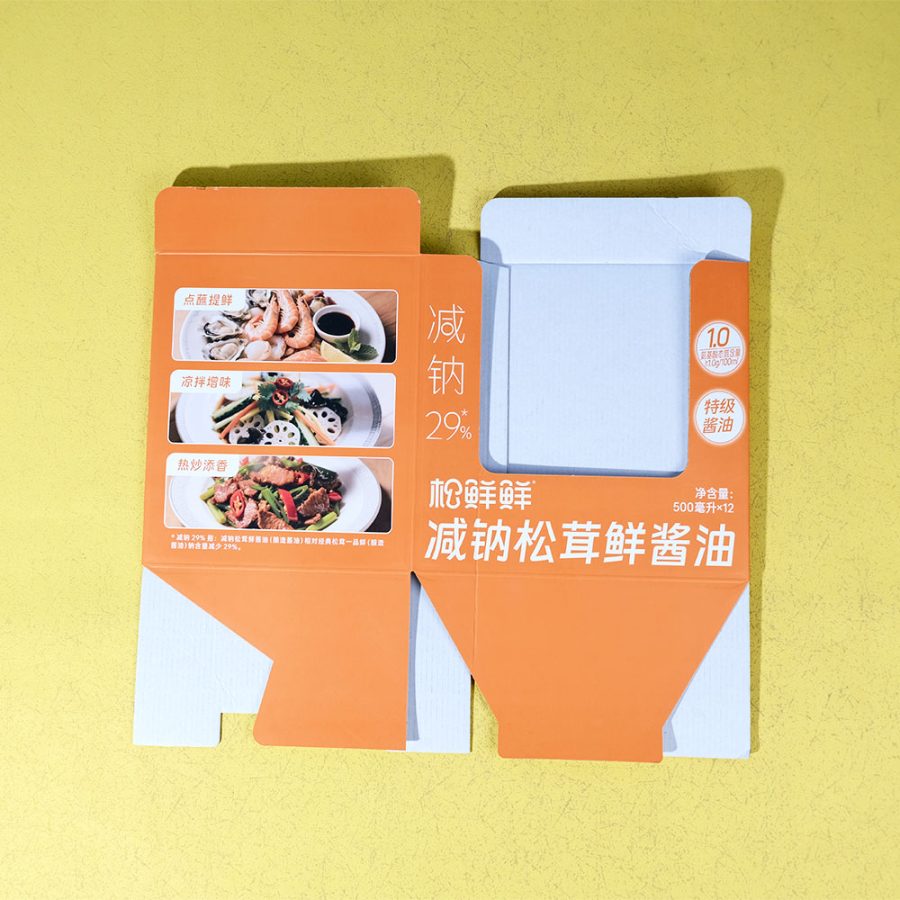Anti-Counterfeit Inks: A Technical Analysis
Anti-counterfeit ink is a special type of printing ink. The printed images or texts produced by this ink possess specific properties that cannot be perfectly replicated by ordinary photocopying or scanning equipment. These properties must be verified through specific methods (such as light exposure, angle change, or dedicated detection tools) to authenticate a product, thereby achieving anti-counterfeiting and verification purposes.
It is widely used in high-value items or those requiring guaranteed authenticity, such as banknotes, securities, passports, certificates, and packaging for branded goods (e.g., tobacco, alcohol, cosmetics, pharmaceuticals, food).
Below are the main types of anti-counterfeit inks and their technical principles:

I. Main Types and Technical Principles
1. Optically Variable Inks (OVI/OVP) - Most Common Category
The color or pattern of these inks changes when the viewing angle is altered.
· OVI® (Optically Variable Ink): The most renowned representative, often used on banknotes of many countries (e.g., the "100" on a Chinese 100 Yuan note). The color shifts between two predefined colors (e.g., green to blue) in a distinct jump, not a gradual gradient. Extremely difficult to replicate.
· OVP® (Optically Variable Pigment): Similar in principle to OVI, but can produce richer effects, such as color flow or metallic lustre changes.
2. Fluorescent and Phosphorescent Inks - Most Widely Used
These inks only become visible or change under external light source excitation.
· UV Fluorescent Inks:
· Principle: Invisible or a specific color under ordinary light, they emit bright visible light (red, green, yellow, blue, etc.) under ultraviolet (UV) lamp (money detector) exposure.
· Application: Used on almost all anti-counterfeit labels, certificates, and tickets. Can be divided into visible fluorescence (visible under ordinary light, brighter under UV) and invisible fluorescence (hidden under ordinary light, revealed under UV).
· Phosphorescent Inks:
· Principle: Similar to fluorescence, but the key difference is that the luminescence continues for a period (seconds to hours) after the excitation light source is turned off. Also known as "glow-in-the-dark" inks.
· Application: Special documents, high-end packaging, warning signs.
3. Thermochromic Inks - High Interactivity
The color changes with temperature.
· Principle: The pigment crystals within the ink undergo a reversible structural change at a specific temperature, causing the color to disappear or change (e.g., pink to colorless, black to blue).
· Application:
· High-Temperature Disappearing Type: Used for one-time authentication (e.g., heating with a lighter; if the mark disappears, it's genuine).
· Low-Temperature Color-Changing Type: Used on frozen food packaging to indicate if the temperature has been maintained.
· Body-Temperature Color-Changing Type: Used on wine labels and cosmetic packaging; touching a designated area with a finger causes a color change, adding fun and anti-counterfeiting.
4. Hydrochromic Inks
The color or transparency changes with humidity.
· Principle: The color particles in the ink react to water vapor or water, causing a reversible or irreversible color change.
· Application: Primarily used to detect if packaging has been exposed to moisture, but can also serve as an anti-counterfeit measure (e.g., rubbing with a wet finger to reveal a pattern).
5. Tamper-Evident Inks
Designed to prevent information on documents or labels from being altered with chemical reagents (e.g., ink eradicators).
· Principle:
· Color-Fading Type: When exposed to alteration fluids, the ink reacts chemically, fading or changing color and leaving obvious evidence.
· Revealing Type: When altered, words like "VOID" or "INVALID" appear and cannot be reversed.
· Application: Invoices, checks, important documents, warranty labels.
6. Infrared (IR) Inks
Their properties can only be identified under infrared light.
· Principle: The ink has special absorption, reflection, or transmission properties regarding infrared light. A pattern that looks normal under ordinary light may disappear or reveal a different pattern under an IR detector.
· Application: High-level security fields, such as banknotes and passports; often used for machine automatic recognition.
7. Magnetic Inks
· Principle: The ink contains magnetic materials. The presence and strength of the magnetic signal can be detected with a dedicated magnetic sensor.
· Application: Magnetic encoding on banknotes (for recognition by counting machines), encoding on bank checks.
---
II. Selection and Combination Strategies
A single anti-counterfeit ink technology can potentially be breached. Therefore, a combination strategy is typically employed in high-end security applications:
1. Public Authentication: Uses easy-to-identify technologies like fluorescent inks, allowing consumers to perform initial verification with simple tools (UV light).
2. Professional Authentication: Uses technologies requiring dedicated equipment, such as IR or magnetic inks, for distributors and law enforcement verification.
3. Expert Authentication: Uses core technologies that are extremely difficult to imitate, like OVI, for final verification by national-level experts and top laboratories.
Example: A high-end liquor label might incorporate:
· A UV fluorescent logo (Public)
· A thermochromic pattern (Public interactive)
· An IR hidden code (Professional)
· An optically variable border (Expert)
---
III. Advantages and Limitations
· Advantages:
· Intuitive and Effective: Many technologies are easy for consumers to understand and use.
· Technologically Covert: Some features (e.g., IR) are well hidden, making them hard for counterfeiters to discover.
· Cost-Controllable: Inks of varying costs can be selected based on the required security level.
· Easy Integration: Can be perfectly integrated into exquisite printing designs without compromising aesthetics.
· Limitations:
· Not Absolutely Secure: Sophisticated counterfeiters may acquire similar inks for imitation (though at a high cost).
· Requires Consumer Education: Consumers need to be educated on how to recognize the features.
· Potential Performance Degradation: The performance of some inks (e.g., fluorescent) may weaken over time or due to environmental factors (sun exposure).
In conclusion, anti-counterfeit ink is one of the first and most important lines of defense in a product packaging security system. By combining with printing processes, design, and other anti-counterfeit technologies (such as holographic hot stamping, security guilloches, and digital authentication), it collectively provides protection for brands and consumers.







